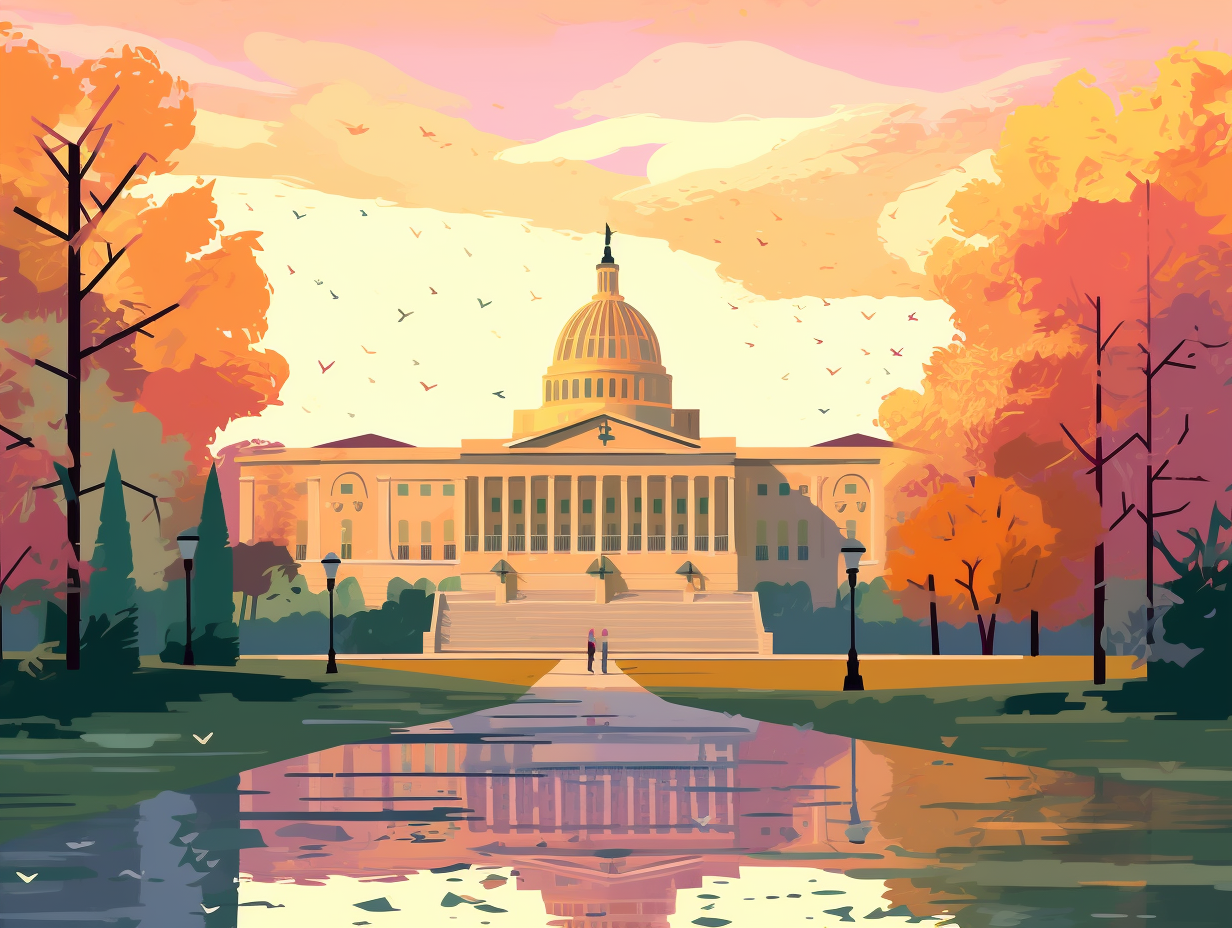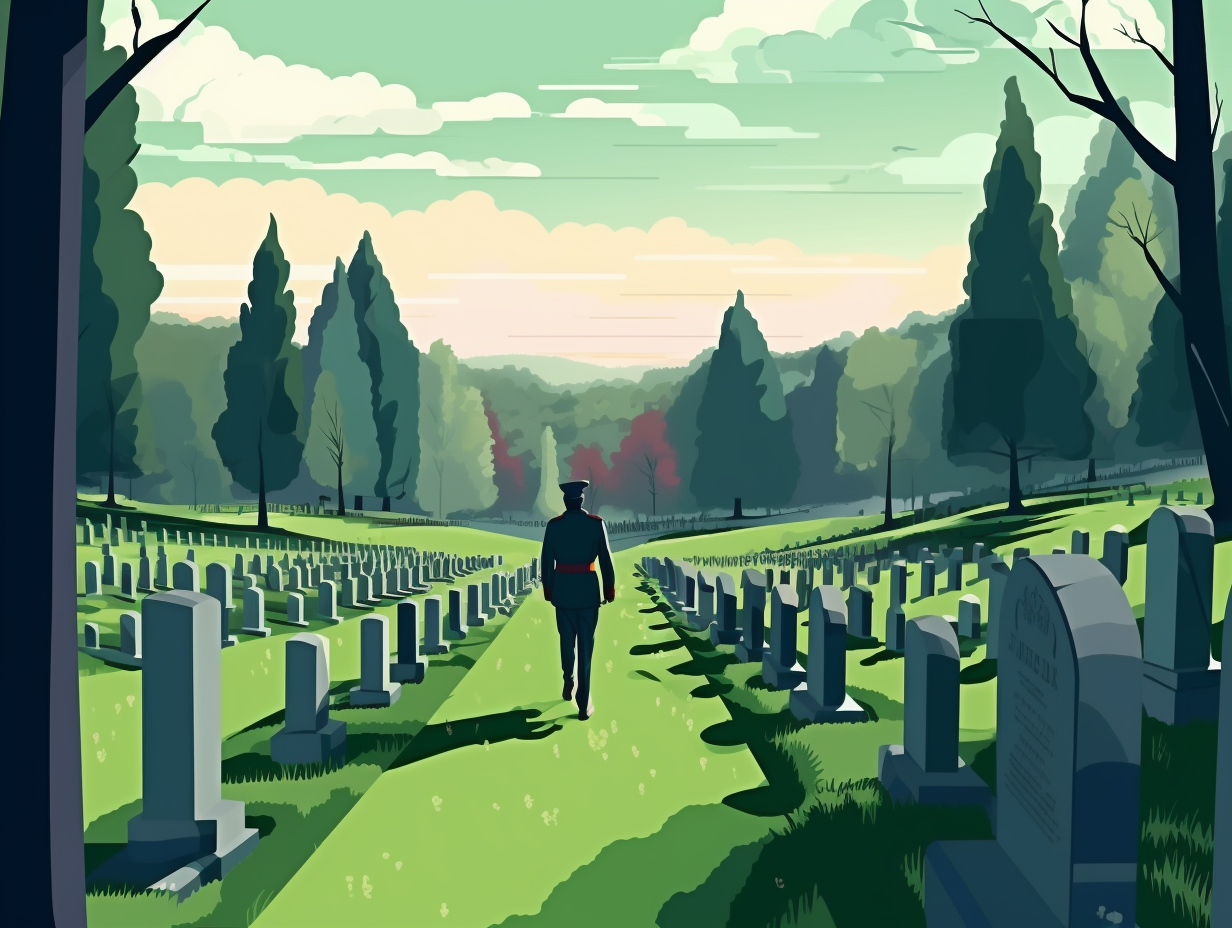Uncover the Secrets: Top 4 Fun Facts About the National Archives You Never Knew!

1. Elvis Presley: Undercover Agent
When the King of Rock 'n' Roll felt his Blue Suede Shoes step into a Suspicious Mind, he decided to hound dog the White House with his unique skills: Elvis Presley sent a personally penned letter to President Nixon, volunteering as a Federal Agent at Large to combat drug abuse and Communist brainwashing, based on his extensive self-studies on these pressing matters.
Source => archives.gov
2. Argon Gas: Protecting Founding Documents
Have you ever wondered how archives "walk the plank" to save our founding documents from decrepitude? They've gone all Pirates of the Carribean on them with a little "argon" treasure: The National Archives stores vital documents like the Declaration of Independence, the Constitution, and the Bill of Rights in special cases filled with argon gas to prevent oxygen-induced deterioration, maintaining a precise temperature and humidity to preserve these relics for posterity.
Source => online.maryville.edu

Did you know the United States Capitol building served a dual purpose as a place of worship and workplace until after the Civil War? Discover how its chambers were once designated for Christian services!
=> Fun Facts about The-Capitol-Building
3. Presidential Letters from Future Icons
From tiny scribblers to future Kennedys: The National Archives houses a fascinating collection of letters penned by children, including one from a young Bobby Kennedy, addressed to various U.S. presidents – expressing everything from admiration to criticism, and even a plea from a little boy for federal funds to tidy his bedroom (to which Ronald Reagan humorously replied).
Source => archives.gov
4. Declaring Independence from Theft
Forget about trying to steal the Declaration of Independence like Nicholas Cage in the movie National Treasure - it's pretty hard to get to nowadays: It finds its safe haven in a specially-designed enclosure at the National Archives, protected from environmental hazards such as light exposure and fluctuations in temperature and humidity, after having undergone various preservation efforts like being stored in a rolled format and occasionally displayed in low light to prevent fading.
Source => archives.gov
Related Fun Facts




















